Introduction
Tire blowouts are sudden and unpredictable events that can lead to loss of vehicle control. A common debate among drivers is whether a front tire blowout or rear tire blowout poses greater risks. This guide breaks down the dangers under different driving scenarios, explains why perceptions vary, and provides actionable advice for safer driving.
1. Why Rear Tire Blowouts Are Riskier During Turns
When a vehicle is turning, a rear tire blowout is generally more dangerous than a front one. Here’s why:
1.1 Loss of Stability and Oversteer
During a turn, the rear tires play a critical role in maintaining lateral stability. If a rear tire blows out:
- The vehicle may experience oversteer, where the rear wheels lose traction, causing the car’s tail to swing outward.
- Oversteer is harder to control than understeer (front-wheel skid), as it requires quick counter-steering to prevent spins or rollovers.
Example: In a left turn, a right rear tire blowout creates imbalanced lateral forces, pushing the vehicle sideways and increasing the risk of skidding off the road.
1.2 Research Findings
Studies show that rear tire blowouts during turns cause greater lateral displacement and side-slip angles compared to front blowouts. For instance:
- At 120 km/h, a rear blowout during a right turn can lead to lane departure or rollover, while a front blowout allows more time for corrective steering.
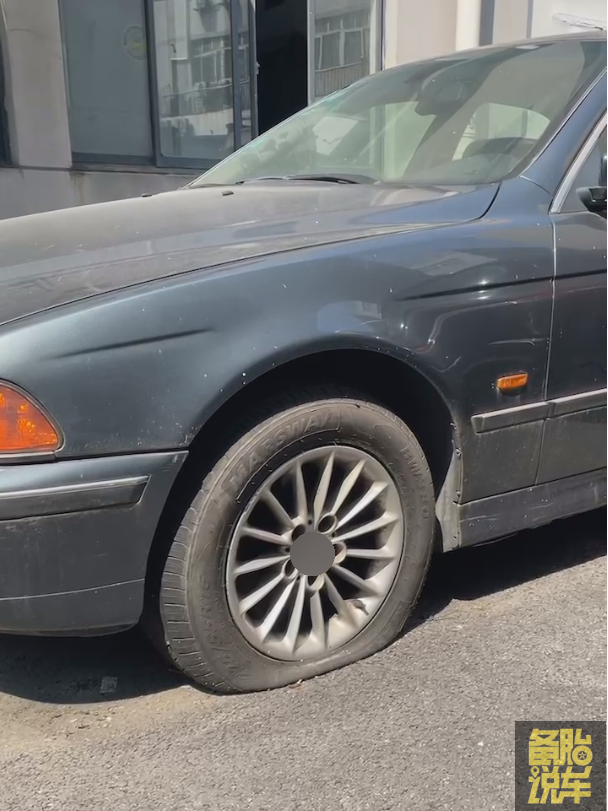
2. Why Front Tire Blowouts Feel More Dangerous in Straight-Line Driving
While rear blowouts are riskier in turns, front tire blowouts often feel more dangerous during straight-line driving. Here’s why:
2.1 Sudden Steering Pull
- Front tires are responsible for steering. A blowout causes immediate steering pull toward the deflated side, requiring strong counter-steering to maintain control.
- Front-wheel-drive vehicles are especially vulnerable because the front axle bears more weight (engine + transmission), amplifying instability.

2.2 Driver Perception
- Drivers notice front blowouts instantly due to visible sagging or steering wheel vibrations. Rear blowouts, however, may go unnoticed until the vehicle begins swaying.
- Misconceptions arise because front blowouts feel dramatic, even though rear blowouts can be equally hazardous under certain conditions.
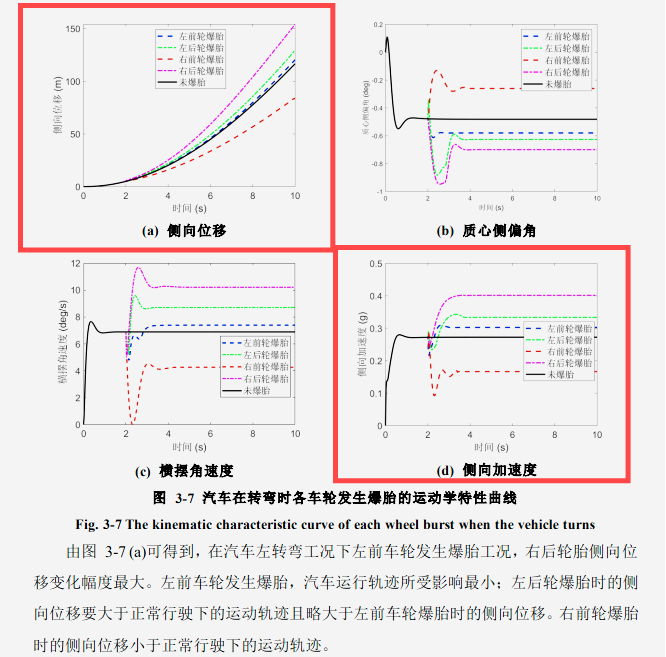
3. Key Factors Influencing Blowout Risks
3.1 Speed Matters
- High-speed driving (e.g., highways) increases risks for both front and rear blowouts. However, rear blowouts at speeds >80 km/h often lead to severe instability due to lateral force imbalances.
- Low-speed driving (e.g., city roads) reduces risks, as drivers have more time to react.
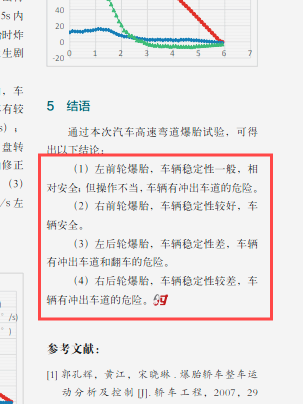
3.2 Tire Condition and Placement
- Worn or underinflated tires are more prone to blowouts. Regularly check tread depth (≥1.6mm) and pressure.
- Expert recommendation: Install newer tires on the rear axle to maintain stability during sudden maneuvers.

4. How to React During a Blowout
4.1 Immediate Actions
- Stay calm and grip the steering wheel firmly.
- Avoid sudden braking or acceleration – ease off the pedal gradually.
- Steer straight to counteract pulling forces.
- Activate hazard lights and move to the shoulder.
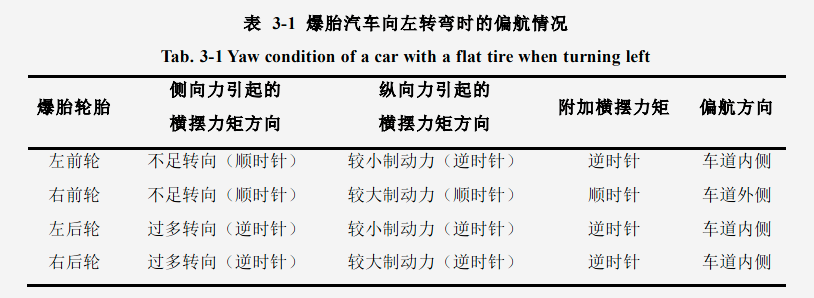
4.2 Post-Blowout Steps
- Do not attempt roadside repairs on highways. Call professional assistance.
- For damage caused by road hazards (e.g., potholes), document the scene and file a claim with road authorities.
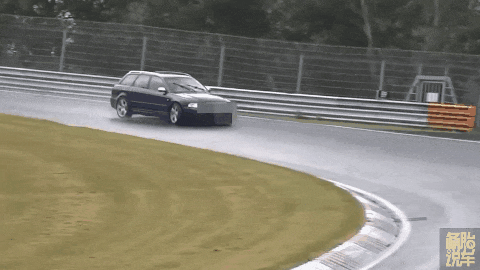
5. Preventing Tire Blowouts: Proactive Measures
5.1 Regular Maintenance
- Inspect tires monthly for cracks, bulges, or uneven wear.
- Rotate tires every 8,000–10,000 km to ensure even wear.
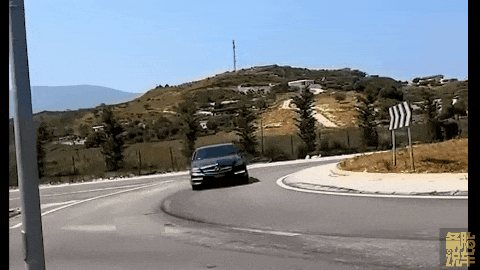
5.2 Load Management
- Avoid overloading, which strains tires and increases blowout risks.
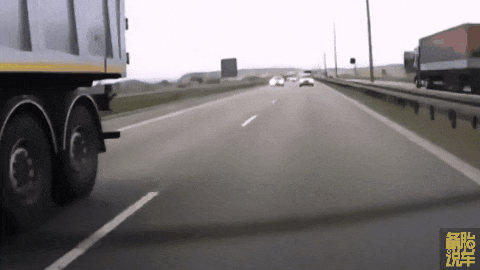
5.3 Upgrade to Run-Flat or Reinforced Tires
- These tires withstand deflation better, allowing controlled stops after a blowout.

6. Myths vs. Facts
Myth: “Front blowouts are always deadlier.”
Fact: Danger depends on context. Rear blowouts during turns or high-speed driving often cause worse outcomes.

Myth: “New tires belong on the front.”
Fact: Michelin, Goodyear, and safety studies recommend placing new tires on the rear axle to prevent oversteer and improve stability.

Conclusion
Both front and rear tire blowouts can be catastrophic, but their risks vary by scenario. Rear blowouts pose higher dangers during turns and high-speed driving, while front blowouts disrupt steering control more abruptly. Prioritize tire maintenance, proper load distribution, and calm reactions to mitigate risks. Always install newer tires on the rear axle for optimal safety.
Stay safe, and drive smart!
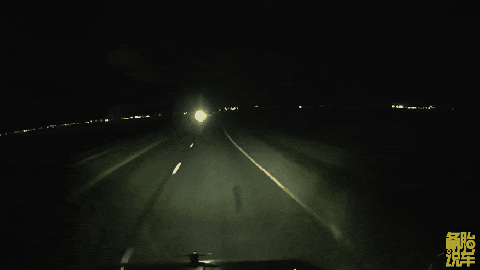
References
- Zhihu: Front vs. Rear Tire Blowout Risks
- Consumer Reports: Tire Safety Guidelines
- Michelin: New Tire Placement Recommendations
- French National Road Safety Institute Studies
- Highway Safety Administration: Blowout Reaction Protocols
